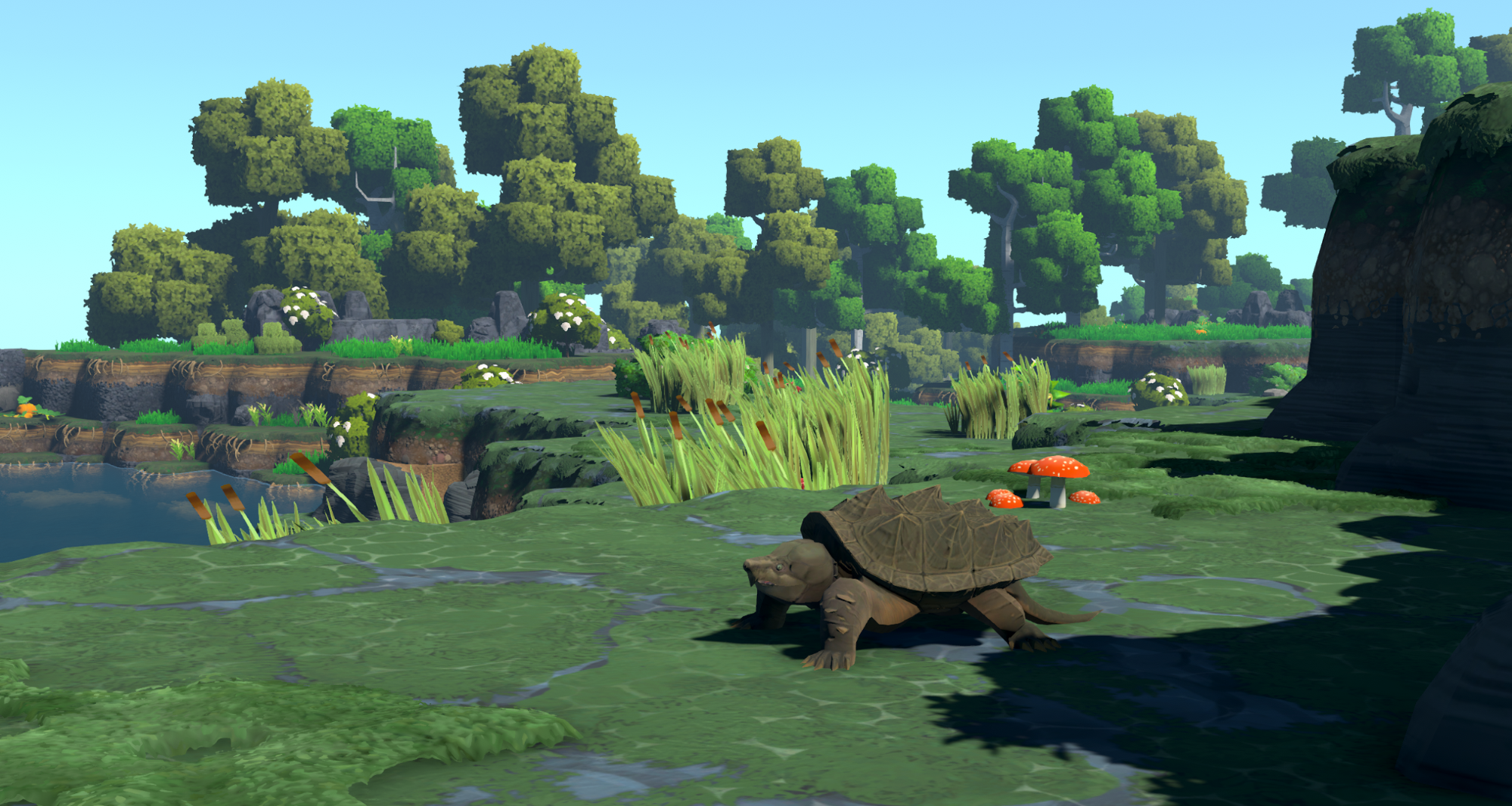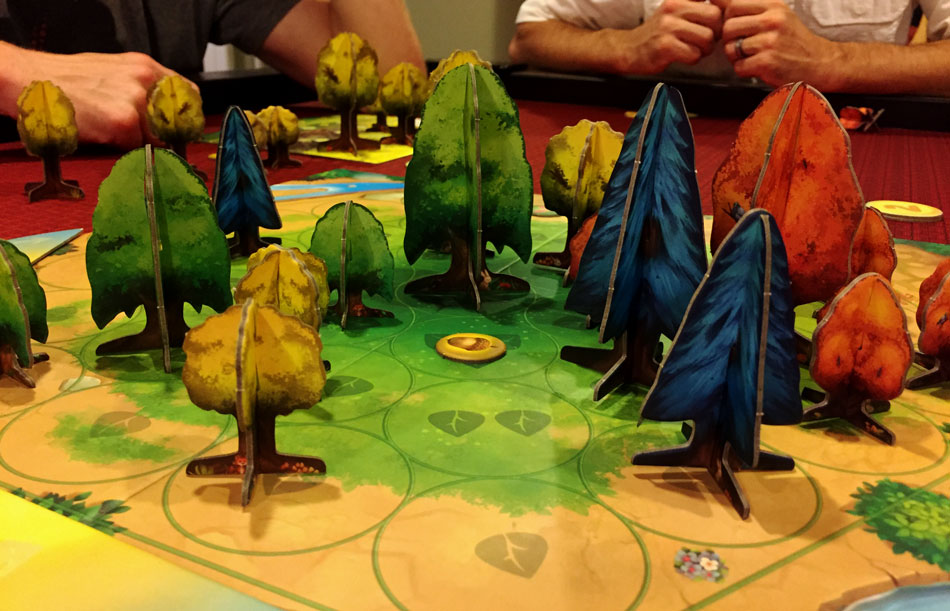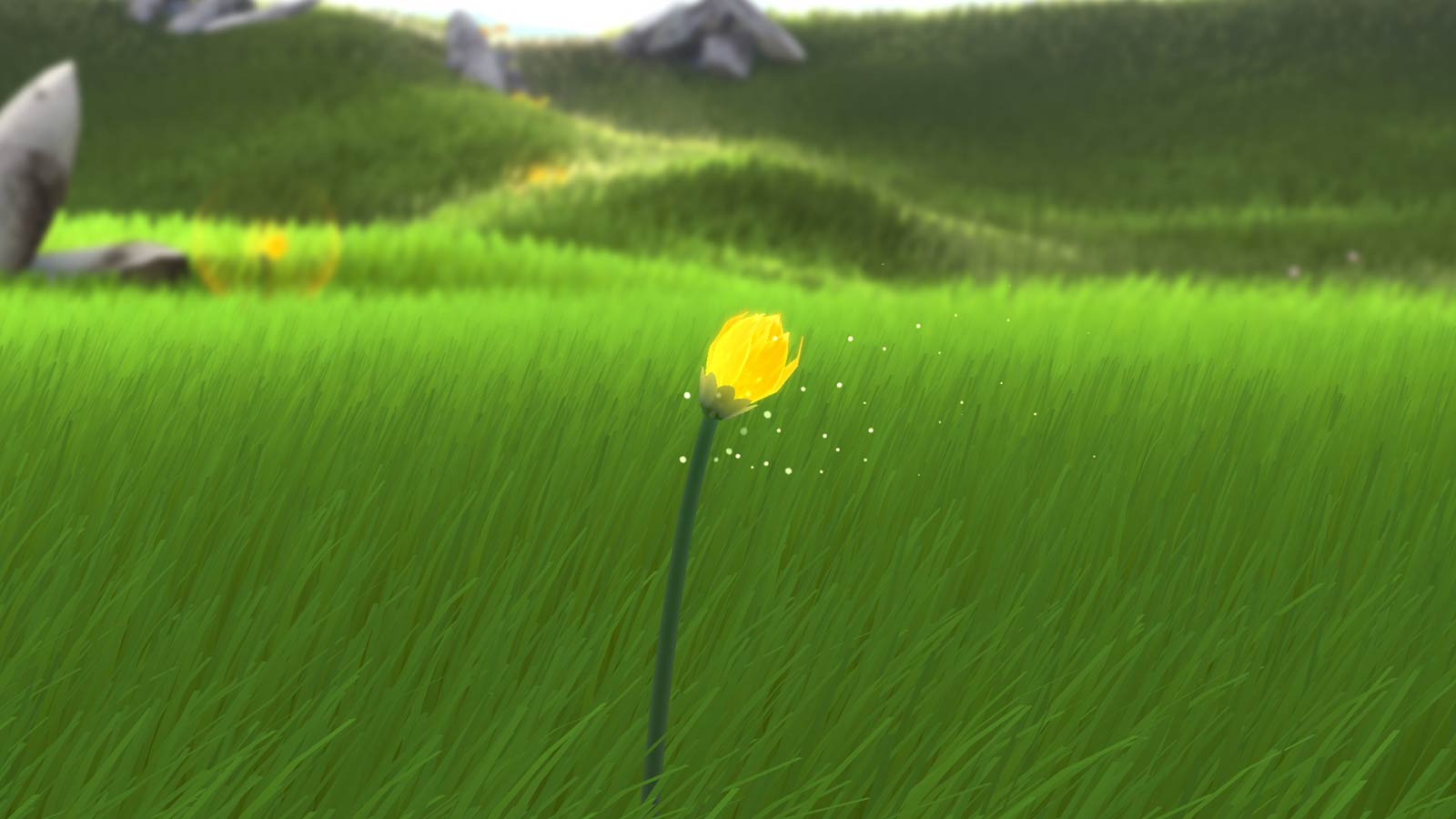Sustainable development is a central topic today, also in relation to media. One term for this phenomenon is green media, which points to environmentalist narratives and representations, as studied in this research project by University Utrecht. Green media includes different types of content, from mass media to vlogs and streaming, which seek to contribute to ecological thought. Beyond climate representation, awareness and activism, the study of green media also considers the ecological footprint of media production and consumption, and its more sustainable alternatives.
Sustainable consumption is an inherent part of green media then, produced by the audience or fandom itself. In this article on sustainable fandom, I provide a framework for these activities. However, considering practices such as cosplay also led me to a new question. How does gaming and play contribute to sustainable development?

Ecogames
Games can develop and simulate climate change in powerful ways. In the industry and in game scholarship, such ecocritical games have been conceptualized as ecogames. These include digital and analogue l games that reflect on nature and climate. In fact, the term ecogames was first used by Ulrich Holzbaur in a study on boardgames in 2001. Holzbaur points to the advantage of planning games and resource management games, and how they can simulate risk and impact on environment and man. Holzbauer argues that such games are particular effective in helping us understand and manage complex ecosystems. In other words, through different assets and actors, they can train our system thinking which is integral when tackling climate literacy, as this UN report states.

A good example of a digital game that models the environment is Eco. You continuously balance natural resources with economic needs. As the game description states: “Every organism in Eco exists as part of a detailed simulation; a disruption in one species can have cascading effects across the planet. Chop down all the trees, and habitats for creatures will be destroyed. Pollute the rivers with mining waste, and your farms will become poisoned and die.”
While this is a game about ecosystems, saving the environment is not the primary goal. Rather, this need emerges out of the interaction with the system and natural world. As designer John Krajewski explains in an interview:
“You give this player a rich system where they have things they want to do unrelated to “saving the environment,” but through pursuing those goals they begin to see the importance of the ecosystem and the world around them. Letting players realize that, rather than beating them over the head with the message, is much more powerful.”
In Playing Nature, Alenda Chang explains that our perception of the natural world is increasingly mediated by digital technology. Nature is increasingly something that we get to wander through digitally, from the vast worlds of Breath of the Wild and Skyrim to small indie games like Wide Ocean Big Jacket. Our interactions with digital natures create awareness around climate, Chang argues, and inevitably shape our conceptions of individual and collective agency in relation to our environment.
Ecomodding
Ecogaming is not only facilitated by designers, but also by communities of players. The creativity of players can also make games more fitting for an environmentalist play style, for instance through critical making processes and modding. Stefan Werning has investigated climate-centric mods in The Sims and Civilization as an example of ecomodding. He suggests that such ecocritical modding practices “help offset some of (eco)games’ power imbalances and contribute to sustainable collective imaginaries”.
The Sims 4 has stimulated ecomodding actively with its ninth expansion Eco Lifestyle (2020), which emphasizing green practices by actively encouraging players to minimize the eco footprint of your sims. In this video, a Sims player provides tips for others on facilitating an optimal eco lifestyle, such as using green items and minimizing electricity.
Another example is how Minecraft has been modded to raise awareness around climate change. Nick Porillo’s GlobalWarming mod alters the atmosphere based on certain actions. Temperatures rise as carbon emissions increase, leading to forest fires, among others. This Cyberpunk 2077 includes toxic fog, pollution and other features to simulate the climate crisis in the near future.
Players, in other words, also add to games to make statements about the climate.
Nature as a Digital Asset
As our nature is increasingly scarce and under threat, the importance of nature as a digital asset and experience grows. In ecogames, the game environment is not just a backdrop or a resource, but essential to the game environment. Admittedly, this line with other forms of gaming can be thin. Breath of the Wild may not be a nature simulator, but some players may understand it in that way, and adopt play styles which are pacifist and environmentalist.
As a digital asset, however, nature is not neutral. Pixel trees, textured flowers and distant mountains are designed in a certain way, and have become more detailed as software progressed. Designers and scholars increasingly comment on the sustainable impact of game design of games as well. New gaming technologies like cloud gaming have a substantial carbon footprint. A mobile game may require a lot of data. If games want to make comments about climate, surely the media should be form-fitting. Scaling down the designs and creating smaller games for instance is a purposeful mission of certain ecogame designers.
An environmentally conscious game world might, as a result, look more low-res and small-scale than the vast wilderness of Skyrim.

What makes games unique as a form of green media is that they are interactive. The effects of our actions can be played out and used to simulate our impact on systems and their actors. On top of that, we can embody different actors, from the wind to flowers themselves, to identify with nature more.
Wholesome resource management games, walking simulators and many other genres have made us more attentive and mindful of nature. The coming years, we need to move beyond nature as a backdrop in games, as something only to be admired without any real consequences. Luckily, we are already seeing the first seeds now of how games can be used to foster environmentalist critique and awareness.
